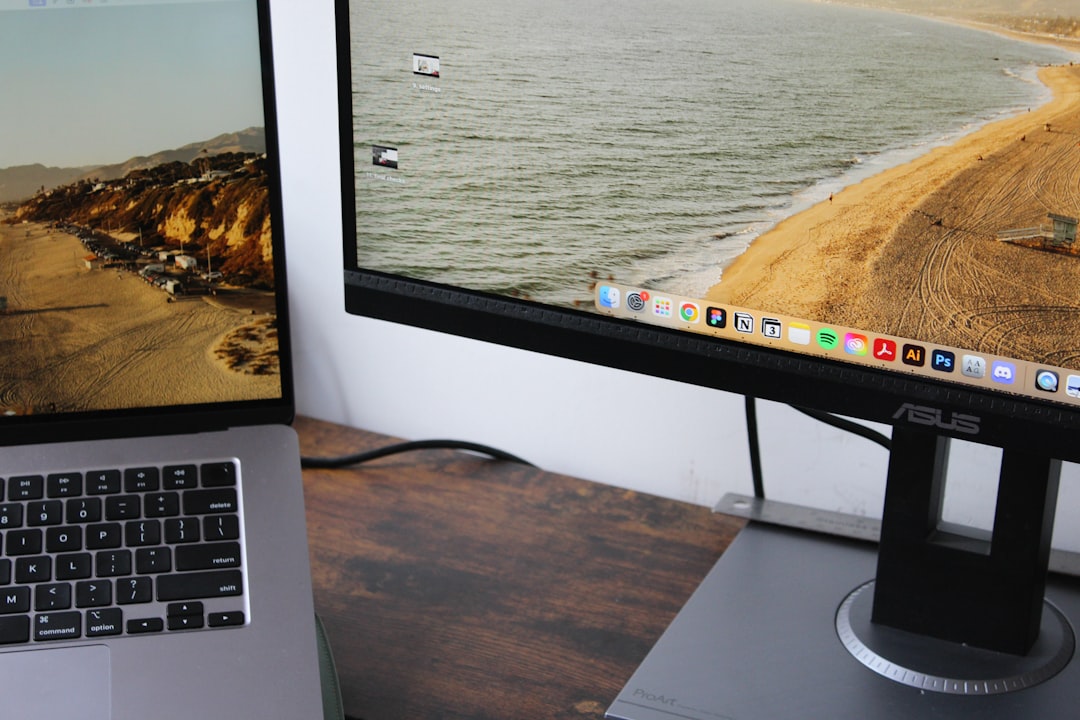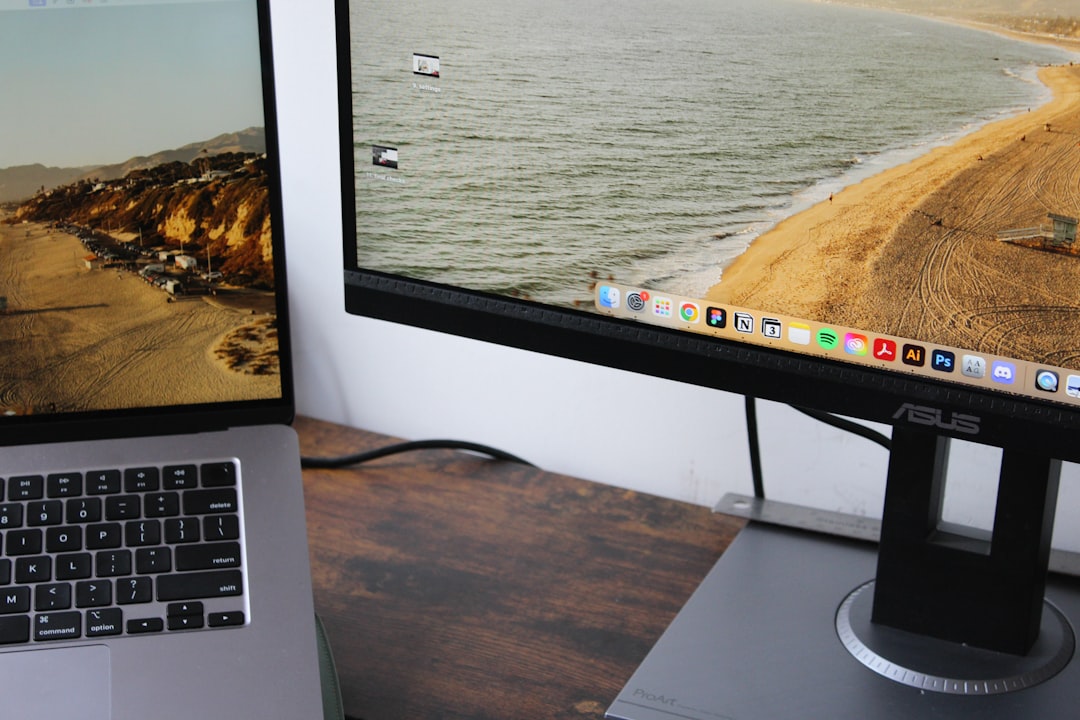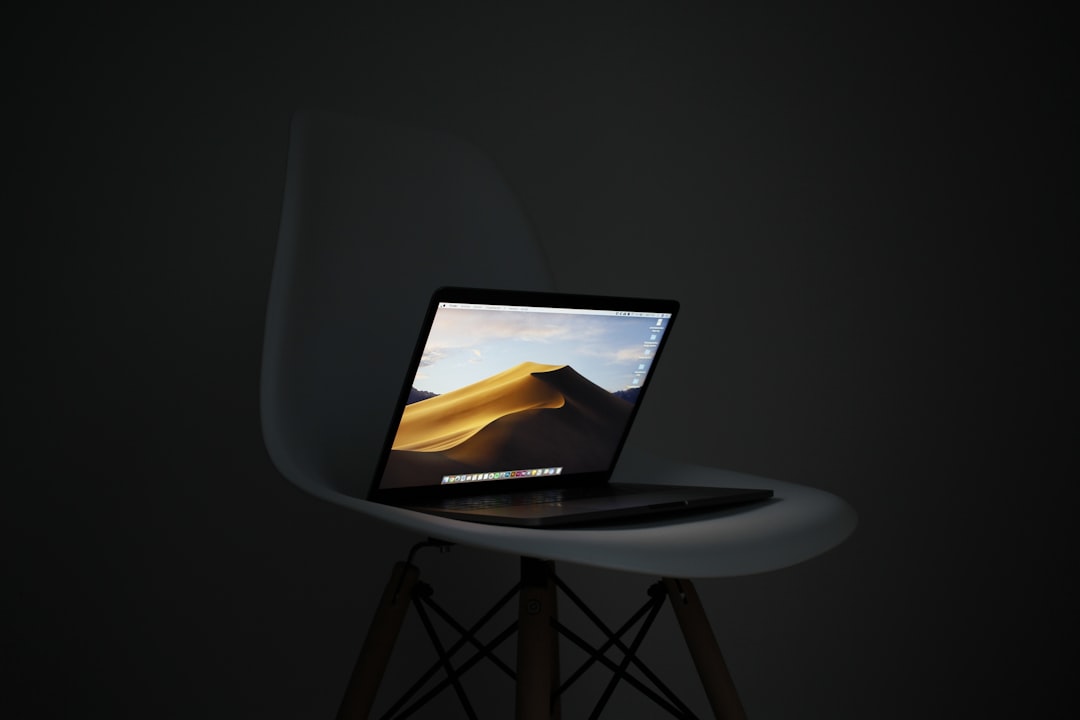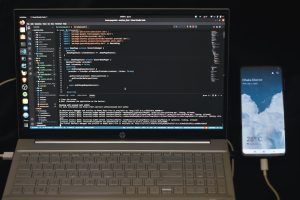
Using a second monitor with your Mac should enhance productivity, but sometimes small glitches can spoil the experience. One of the most common issues Mac users face is the Apple Dock not appearing on the second monitor. This problem can be frustrating, but the good news is that it’s usually fixable with a few simple adjustments. In this article, we’ll guide you through several methods to solve the issue and get your Dock working smoothly across all your displays.
Understanding How macOS Handles Multiple Displays
macOS is designed to offer a fluid multiple-display experience. When everything is working correctly, the Dock should appear on whichever screen your cursor is active, or where it’s most recently used. However, various settings, OS bugs, or hardware conflicts can cause the Dock to remain stuck on one screen or disappear completely from the additional display.

Quick Fixes to Try First
Before diving into more advanced steps, try the following quick solutions:
- Move the cursor to the bottom of the second screen: Sometimes the Dock will appear only when you move your mouse to the bottom edge of the non-primary display.
- Disconnect and reconnect the monitor: A simple reconnection or a restart often resets minor glitches.
- Restart your Mac: This can resolve temporary hiccups in system processes that manage displays.
Check Display Arrangement Settings
One of the most important steps is verifying your display settings. Here’s how:
- Click the Apple menu in the top-left corner and choose System Settings (or System Preferences in older macOS versions).
- Navigate to Displays.
- Click Arrangement.
- Ensure the white menu bar is on the monitor where you want your Dock to primarily reside. Drag it to the desired screen if necessary.
macOS often treats the Dock and the menu bar as partners—placing the menu bar on a screen gives it dominance for both UI elements.
Disable “Displays Have Separate Spaces”
macOS has a setting called “Displays have separate Spaces” which affects how desktops and full-screen apps are managed across monitors. Enabling this setting can sometimes clash with the Dock’s behavior.
To adjust it:
- Go to System Settings > Desktop & Dock.
- Scroll down and look for the option titled “Displays have separate Spaces.”
- If it’s enabled, try disabling it and then log out and log back in for changes to take effect.
Note: Turning this off will affect how apps behave when full-screened and may combine all spaces into one continuous screen layout.

Try Changing Dock Position
Another workaround is adjusting the Dock’s position. The Dock can be locked to the bottom, left, or right of your screen.
To change its location:
- Go to System Settings > Desktop & Dock.
- Under Position on screen, switch it to another side—try Left or Right.
- Now see if the Dock appears on the second monitor.
Sometimes this forces macOS to re-evaluate its screen settings and can “unstick” a hidden Dock.
Reset Dock with Terminal
If all else fails, you can reset the Dock through Terminal. This is a safe command that essentially restarts the Dock:
killall DockThis command won’t delete any settings or files—it simply restarts the Dock process, which may help it reappear on the second monitor.
Update macOS
Apple frequently releases updates to fix bugs and improve compatibility with external devices. Check for the latest macOS updates:
- Open System Settings.
- Go to General > Software Update.
- If an update is available, click Update Now.
This simple step can resolve an array of issues, including problems with external displays and the Dock.
Final Thoughts
While the Apple Dock not appearing on a second monitor can be a nuisance, there are multiple ways to resolve the issue—from simple cursor movements to adjusting system settings. In most cases, the fix is straightforward and doesn’t require any advanced technical know-how.
Keeping your macOS up to date, ensuring the correct display arrangement, and understanding how macOS handles external displays will go a long way in preventing future issues. So next time your Dock goes missing on a second screen, refer back to these tips—you’ll likely have it floating back into view in no time.






